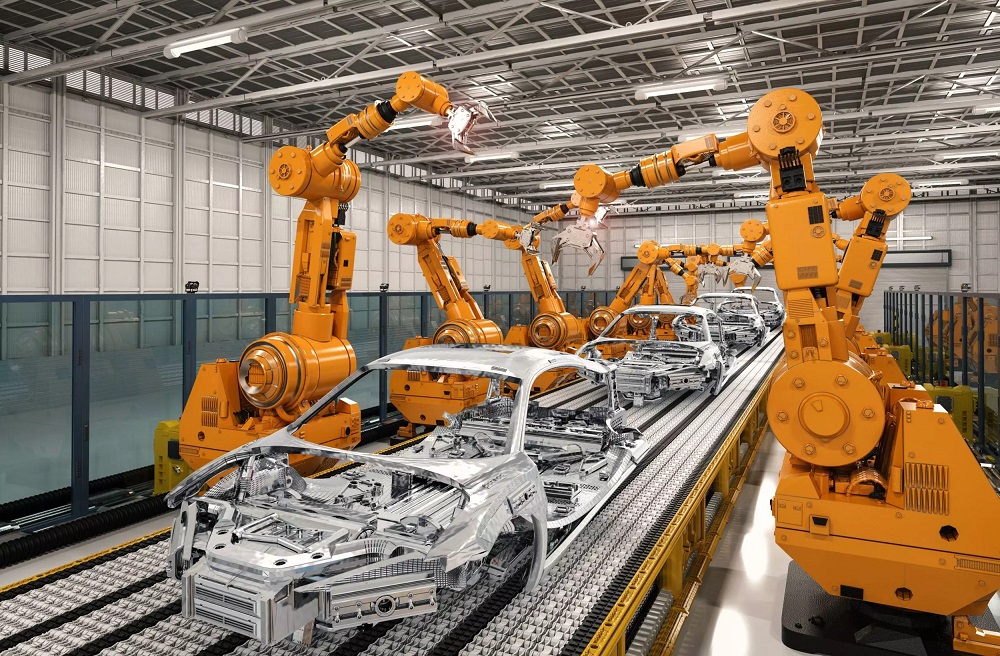Assembly Lines established in manufacturing units are moving lines comprising unfinished products moving onto the line from one process to another adding up more value to the unfinished product until the end product is attained. Generally, featured in the industries where a massive fraction of commodities are manufactured in a one-go.
While considering the installation of assembly lines, determining the number of processes undertaken, machines used, and space covered by the industry as a whole can aid in settling for the best fit. With the industrial segment moving towards a progressive approach with vast automated services being implemented, manually traveling around with the materials can take up more time and effort which makes progressing lines an outstanding automated process.
· History of Assembly lines
Implemented for the first time in 1913 by Henry Ford in the manufacturing of the automobile, his invention accelerated a process of 12 extended hours in moving the materials to 1hr and 33 minutes which meant a great deal of comfort and convenience with fastened processing. The idea was first introduced by them in the year 1908, after 1913 major changes were being made to bring about an inexpensive, secure, and flawlessly functioning assembly line. In 1914, an addition of belts hailed in the accelerated speed to the moving line at six feet per minute. Further modifications were made in the 1920s enabling increased capacity to hold more cars and fastened speed.
· Types of Assembly Lines
Created to serve with efficiency and maximized productivity, assembly lines come in different forms serving distinct manufacturing units with precision. Some of its types being a modular line boosting productivity with consecutive lines coming together to a final line, Team assembly is a line with workers oriented at workstations to follow their chained procedure and U-shaped assembly that is allocated for better communication as compared to a straightened line.
· Evolution of Assembly Lines
Although assembly lines were originally used by automobile industries with cars being large bodies causing inefficiency moving around, its invention caused a large amount of impact on the other industries producing massive goods making the process speedy, efficient, and commendable. At current times and in the future, assembly lines are known to take over the whole of the industrial sector under its domain.
It’s now evident that assembly lines have come a long way in incorporating expedited industrial undertakings. Installing a line that fits your industry the best can aid in speeding up the production process with lowered costs and heightened quality.

